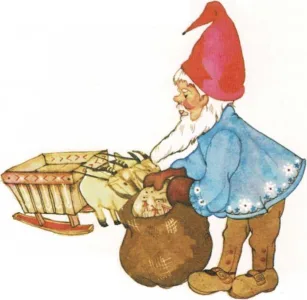The happiest holiday
Away in a manger, No crib for a bed, The little Lord Jesus Lay down His
sweet head;
The stars in the bright sky Looked down where He lay— The little Lord
Jesus Asleep on the hay.
from A Little Children’s Book for Schools and Families
For Christians all over the world, Christmas is an important, happy
holiday. It is the day that celebrates the birth of Jesus Christ, about
two thousand years ago. Christmas is a short form of Christ’s Mass,
an old name for this day. It means a mass, or church service, in honor
of Christ.
The story of Christmas comes from the Bible. Here is the way it is told
by Saint Luke:
And she brought forth her firstborn son, and wrapped him in swaddling
clothes, and laid him in a manger; because there was no room for them in
the inn.
And there were in the same country shepherds abiding in the field,
keeping watch over their flock by night. And, lo, the angel of the Lord
came upon them, and the glory of the Lord shone round about them; and
they were sore afraid. And the angel said unto them,
“Fear not: for, behold, I bring you good tidings of great joy, which
shall be to all people. For unto you is born this day in the city of
David a Saviour, which is Christ the Lord. And this shall be a sign unto
you; ye shall find the babe wrapped in swaddling clothes, lying in a
manger.”
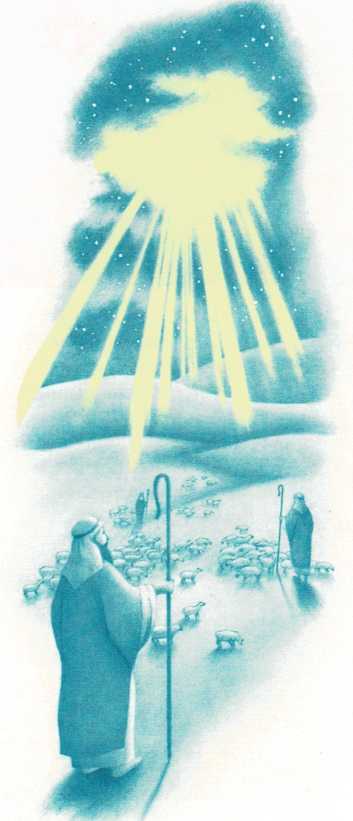
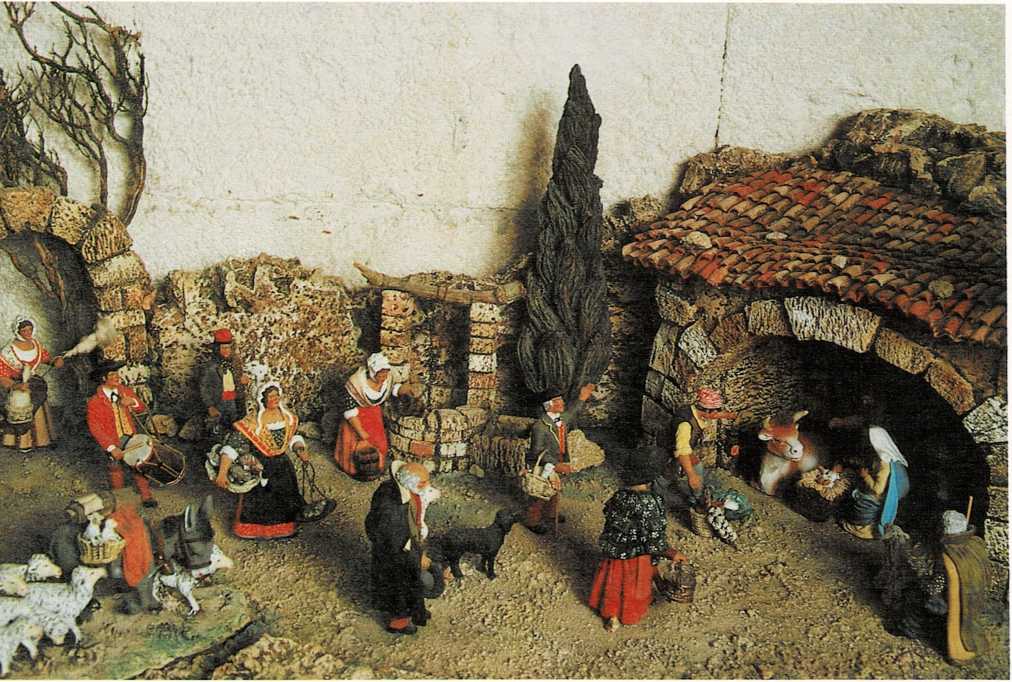
A creche is a model of the stable where Christ was born. This French
creche includes a number of figures that stand for townspeople who would
like to have taken part in the first Christmas at Bethlehem.
Many Christmas customs are based on the birth of Christ. People give
each other presents because the Three Wise Men, or Three Kings, brought
presents to the baby Jesus. Christians sing songs, called carols, that
tell about Christ’s birth. And they put up scenes of Jesus’ birth, with
figures of shepherds, the Three Kings, and animals around the tiny baby.
But some of the ways people celebrate Christmas have nothing to do with
Christ’s birthday. Many bits of older holidays have crept into
Christmas!
It wasn’t until about two hundred years
after Christ’s time that Christians even thought about celebrating His
birthday. No one knows the exact date of Christ’s birth. December 25 may
have been picked so as to turn people away from other holidays
celebrated about this time of year.
Xmas
Do you know why people sometimes write Xmas instead of Christmas? The
custom goes back to the early Christians, who often wrote in Greek. In
the Greek language, X is the first letter in Christ. So, X was
often used as a holy symbol.
The Romans had a holiday called Saturnalia that was celebrated in
December. It was a time of gaiety, feasting, and parties. And in
northern Europe there was a holiday known as Yule. People made great
fires with huge logs. Then they danced around the fires, yelling. This
was done to call back the sun and bring an end to winter.
In time, Christmas did take the place of such holidays as Yule and
Saturnalia. But people kept some of the old customs—such as burning a
Yule log and having feasts and parties. The word Yule is still used as
a name for the Christmas season.
As time went on, new customs crept into Christmas, too. One of these was
the Christmas tree. The idea of bringing a fir tree into the house may
have started in Germany. Germans who moved to other lands took the idea
with them, and people liked it.
Christmas is a special time for many children—the day they get
presents left by a magical person. But in some countries, children get
their gifts on December 6 (see page 302) or on January 6 (see page 48).
In the United States and Canada, presents are brought by Santa Claus. He
drives through the sky in a sleigh drawn by eight
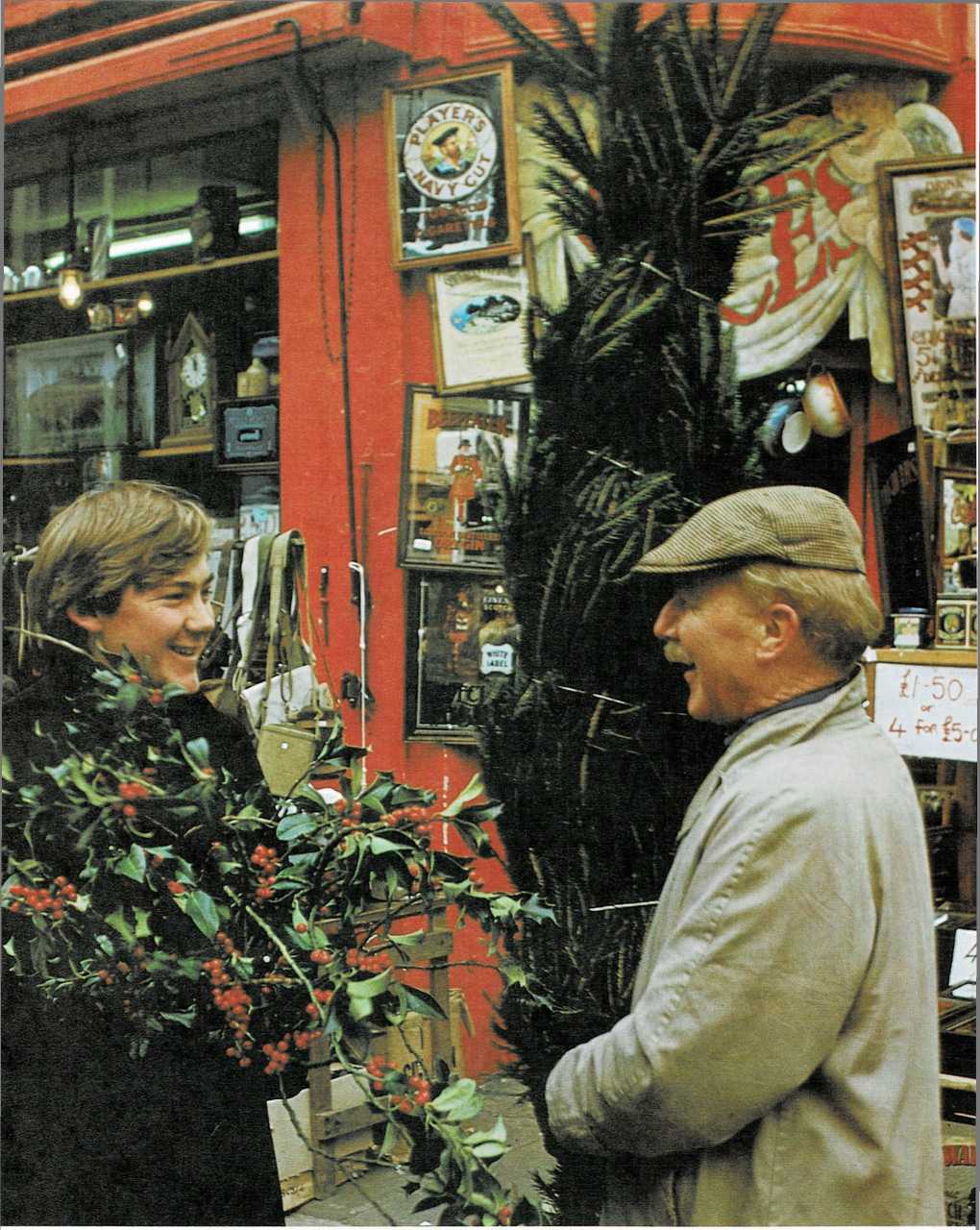
These Christmas shoppers in London, England, are going home with fresh
holly and a pine-scented Christmas tree.
reindeer. He slips down the chimney, leaves gifts, and is on his way
again. Santa Claus wears red clothes trimmed with white fur, and has a
snow-white beard and mustache.
In England, the gift bringer is called Father Christmas. He looks much
like Santa Claus, but he has a longer coat and a longer beard. In
France, he’s known as Pere Noel. In Brazil, he’s called Papa Noel.
In Germany, children get presents from Christkindl, the Christ child.
And in Costa Rica, Colombia, and parts of Mexico, the gift bringer is
el Nino Jesus, “the Infant Jesus.”
In Sweden, gifts and goodies are brought by an elf called a tomte.
He’s a Christmas gnome who has a sleigh that is pulled by two goats.
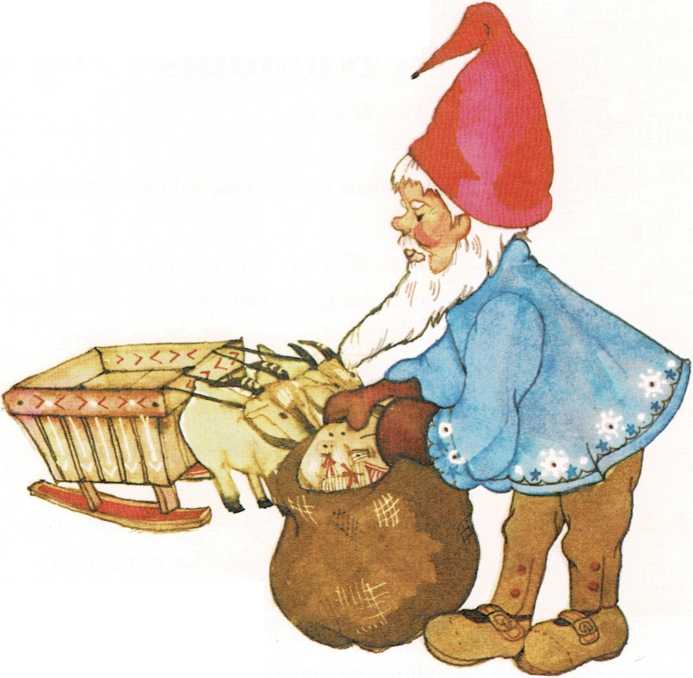
The tomte brings Christmas gifts in Sweden. He has a small sleigh
pulled by goats.

